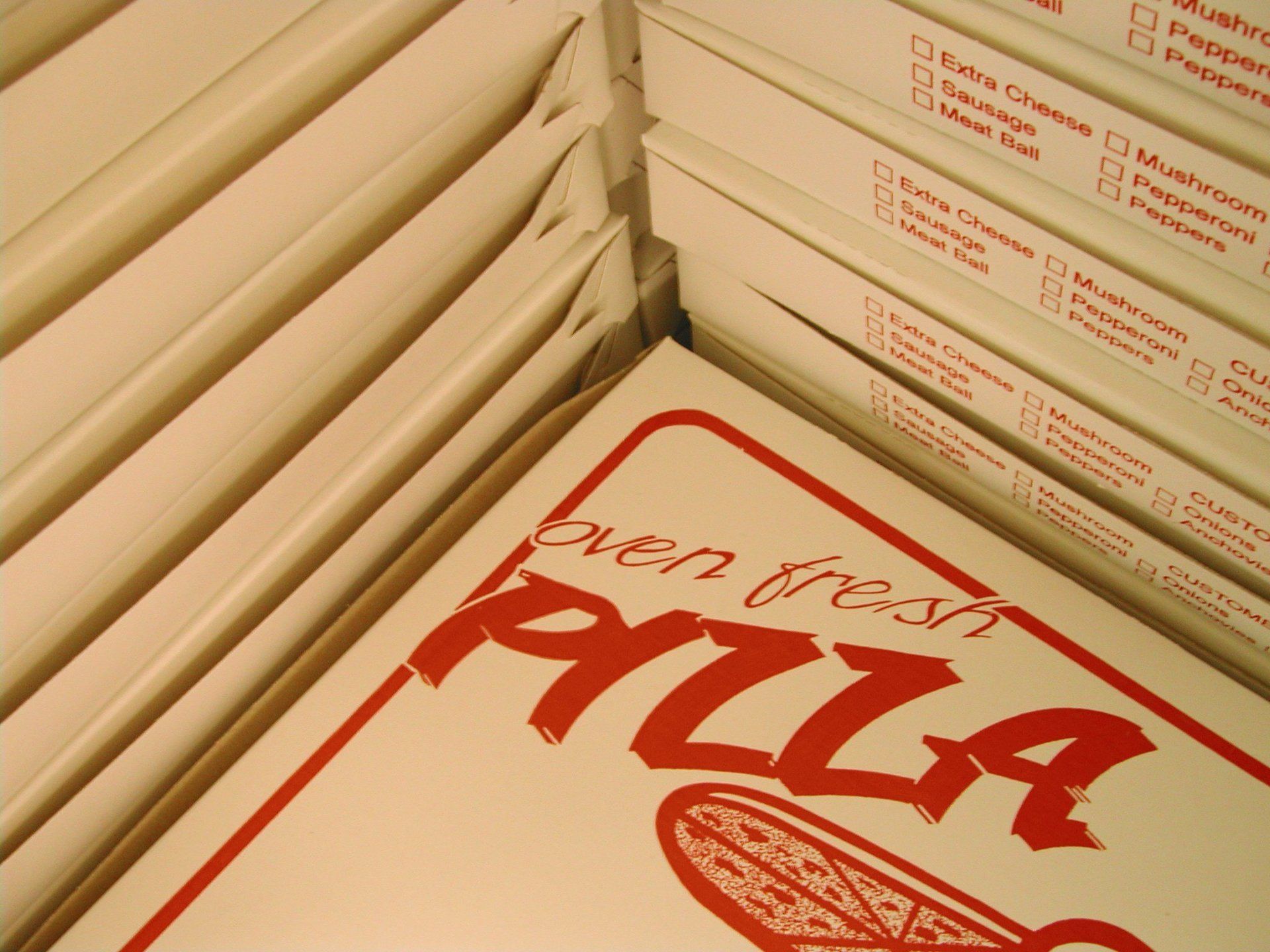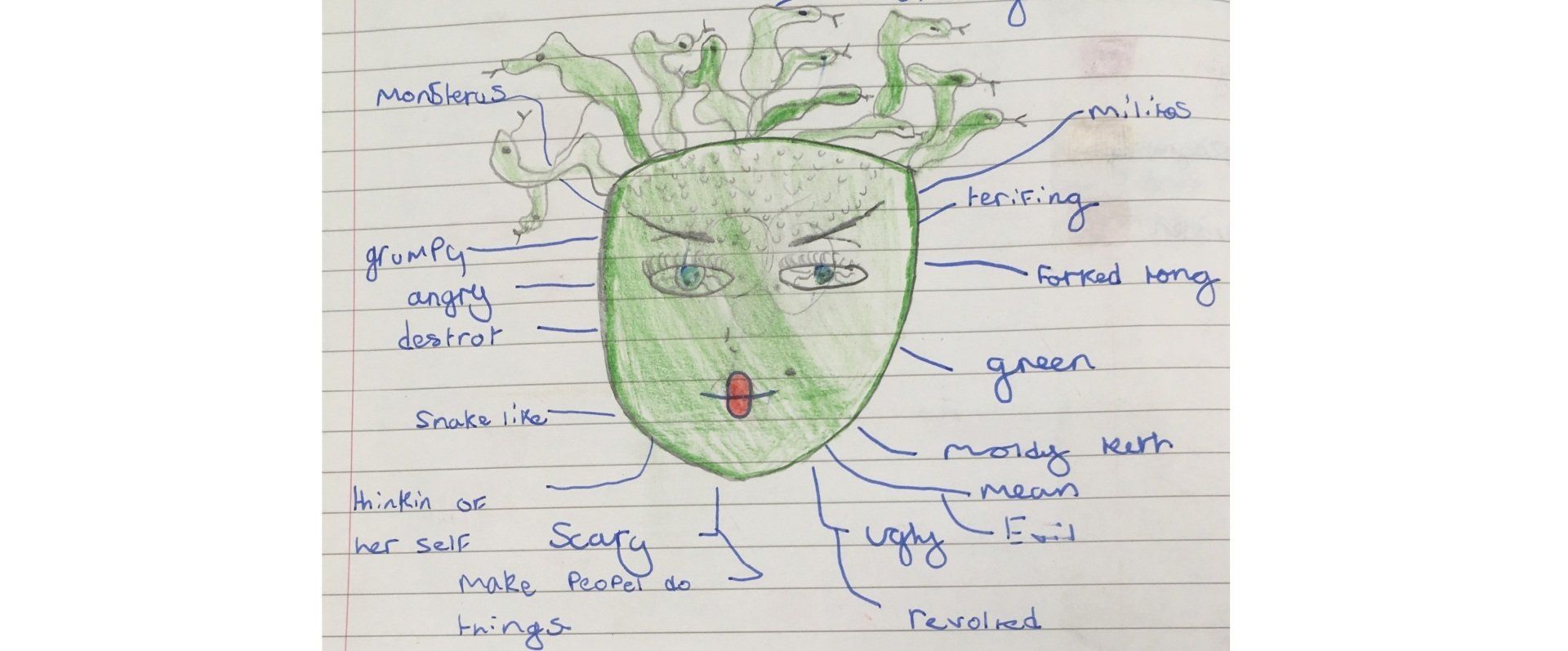An introduction to methods of teaching in a PMLD/SLD classroom
- by James Lewis
- •
- 18 Nov, 2017
Reflections on practice over the last few school years.

Within these articles I aim to describe the organisation of my classes in my previous post and how I adapted ASD related teaching techniques within this cohort. I will be discussing the sensory methods that I currently used to teach this group, including one child who has a diagnosis of autism. All children in my group were mentally functioning at a very low cognitive level. I seek to demonstrate that many of the strategies used to teach children with autism to be equally useful in teaching children with other conditions; particularly if they all are functioning at a very developmentally low level. I also wish to highlight that the teaching and learning requirements of my children are to a greater extent related to their very low cognitive development. I will describe that their individual medical conditions although individually significant, impact upon their learning to a lesser extent than their impaired cognitive development. I will draw upon my experience of teaching children with autism and the ASD specific strategies that I use within my classroom.
It appears that to find the best ways to meet the needs of children with autism and PMLD/SLD within a special school classroom is to first get to know and understand the children on a personal basis and understand their medical diagnosis. The greater fabric of knowledge about specific conditions can be utilised and overlaid but the specific personal circumstances need to be considered firstly and the good practice from previous classes needs to be perpetuated. It is for this reason that teaching assistants at the school stay in a class for at least two years before moving up the school. It is good practice also for class teachers to stay within a year group for a couple of years before moving to a different cohort. This strategy enables the embedding of knowledge and good practice within class groups to take best advantage and consolidation of previous learning. Over time it is interesting to see the complete contrasting range of children that have been through the school and how the population intake has changed from being behaviourally challenging and socially aware to lower functioning and PMLD/ASD. Good practice however remains the same; consistent routines, staffing, sensory noise reducing environments and sensory engagement, good teamwork and appealing teaching and learning all are salient elements.










